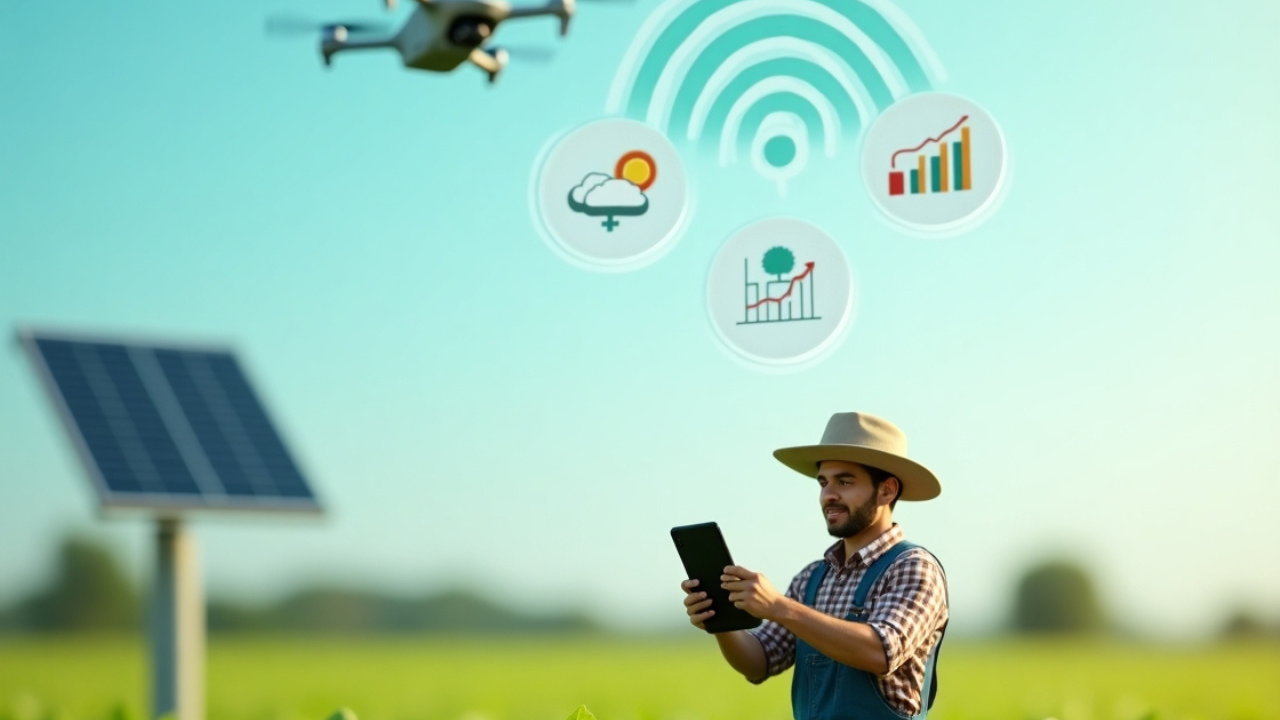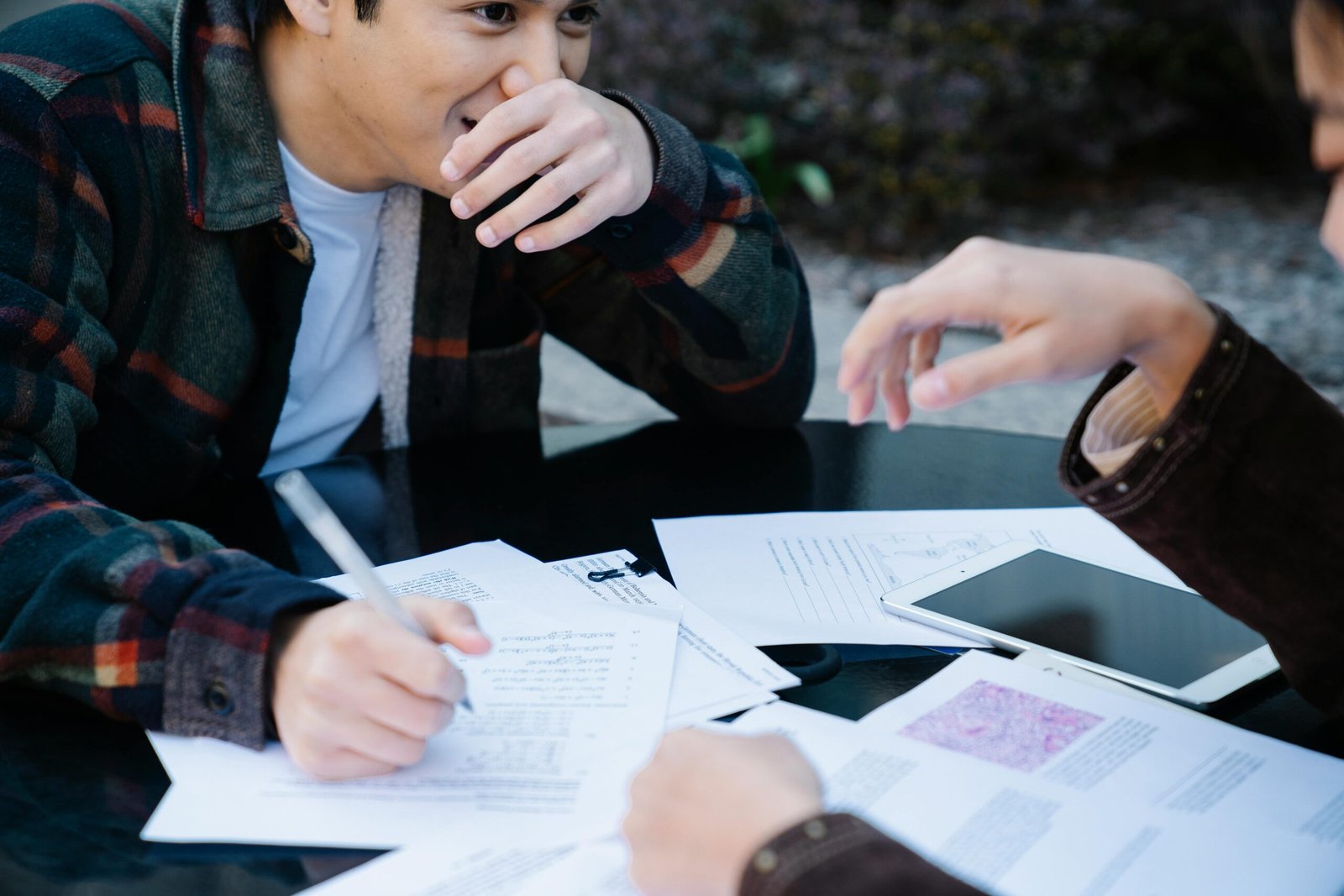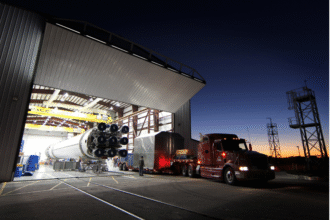Artificial Intelligence (AI) has entered the world of science in a big way—and chemistry is one of the biggest beneficiaries. Welcome to the era of the AI-powered chemist, where smart machines and algorithms are revolutionizing how we explore, experiment, and innovate in the lab.
In 2025, intelligent chemistry labs are no longer just a futuristic dream. They are here, reshaping research with speed, accuracy, and efficiency. This transformation is not only boosting productivity but also helping scientists solve some of the world’s most pressing challenges—from drug discovery to climate-friendly materials.
So, how exactly is AI changing the chemistry game? Let’s take a deep dive into the exciting world of AI-powered chemistry labs.
What is an AI-Powered Chemist?
An AI-powered chemist refers to a combination of artificial intelligence, robotics, and automated systems that assist or perform tasks traditionally handled by human chemists. These systems can:
- Analyze massive datasets in seconds
- Predict outcomes of chemical reactions
- Design molecules or materials
- Optimize experiments
- Run labs autonomously, 24/7
This is more than automation—it's intelligent collaboration between human creativity and machine learning.
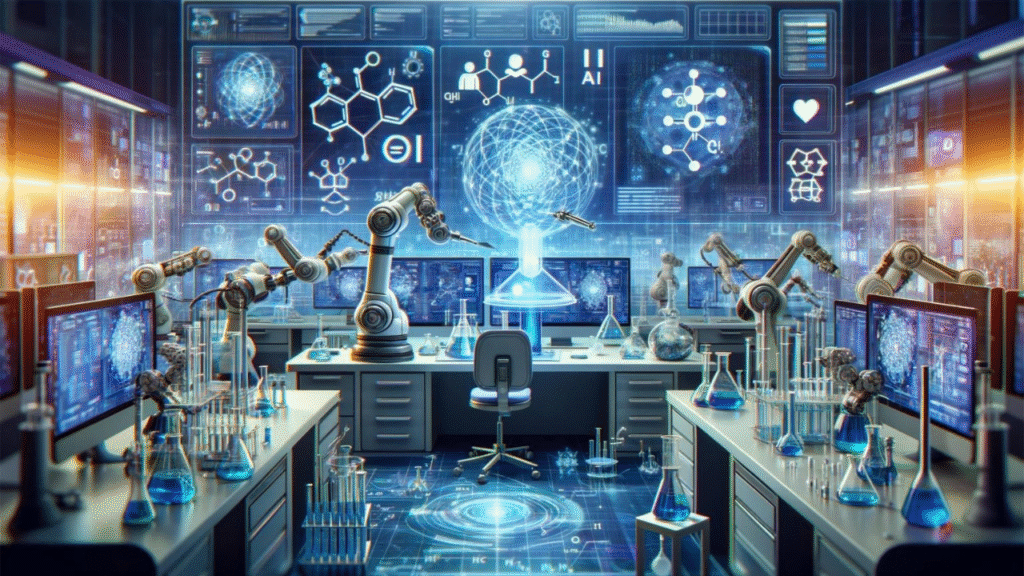
Intelligent Chemistry Labs: A Glimpse into 2025
In 2025, intelligent chemistry labs are powered by a seamless mix of AI algorithms, robotic arms, cloud platforms, and digital twins. These labs:
- Automate routine experiments
- Use machine learning in chemistry to interpret data in real-time
- Predict which molecules are worth testing
- Monitor safety and react to anomalies
- Communicate results across global research teams instantly
Lab work has become more efficient, precise, and sustainable—freeing human chemists to focus on innovation.
How AI is Boosting Chemistry Research in 2025
Let’s explore some real-world areas where AI-powered chemists are making waves:
1. AI in Drug Discovery
One of the most impactful uses of AI in chemistry is in drug discovery. What once took years—screening thousands of compounds—is now completed in weeks with AI models trained on vast pharmaceutical databases.
AI predicts:
- The binding affinity of molecules
- Possible side effects
- Toxicity profiles
- Drug efficacy in various populations
This is revolutionizing how we tackle diseases, especially rare conditions and antibiotic resistance.
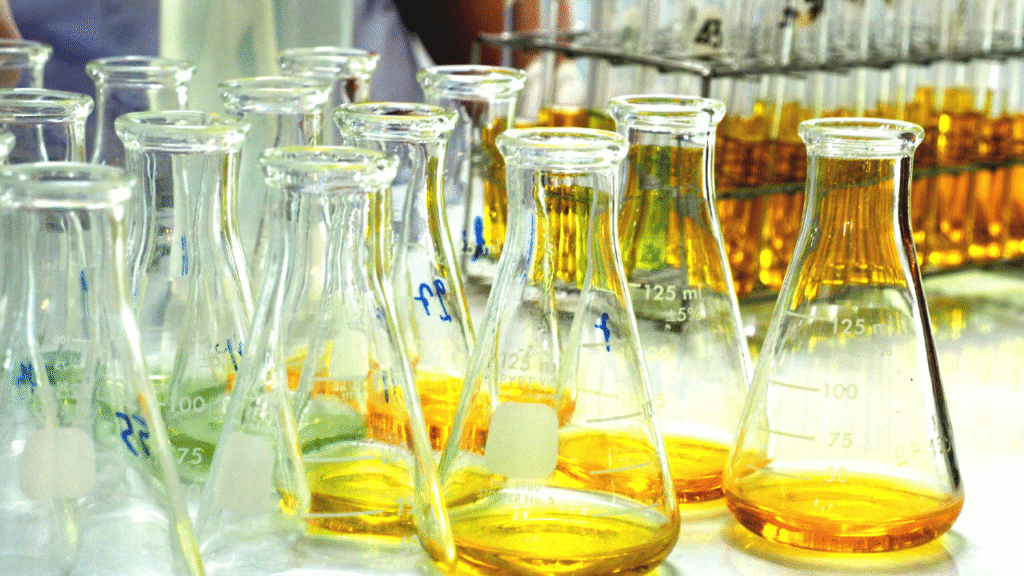
2. Predicting Chemical Reactions
Understanding and predicting how chemicals react is core to chemistry. In 2025, AI-driven chemical synthesis tools can now:
- Forecast reaction outcomes
- Suggest optimal conditions
- Recommend safe substitutes for hazardous reagents
This is a game-changer for designing new molecules for fuels, coatings, and pharmaceuticals.
3. Lab Automation and Robotic Chemists
In the AI-powered lab of 2025, robotic arms pipette, stir, heat, and even analyze samples with little to no human intervention. Integrated with sensors and AI, these robots:
- Conduct hundreds of reactions per day
- Work 24/7 without fatigue
- Adapt protocols based on real-time data
This frees human scientists to focus on creativity, critical thinking, and big-picture questions.
4. Sustainable Chemistry Solutions
AI isn’t just making labs faster—it’s making them greener. With its ability to model countless reaction pathways, AI helps design processes that:
- Use less energy
- Create less waste
- Replace toxic solvents with eco-friendly ones
This aligns with the goals of green chemistry and supports the shift toward sustainable development in science and industry.

5. Molecular Design and Materials Discovery
Designing a new material or polymer used to take years of trial and error. Now, AI models use quantum chemistry simulations and deep learning to:
- Design novel molecules with desired properties
- Simulate their behavior under different conditions
- Speed up development of materials for batteries, semiconductors, and biodegradable plastics
This is helping solve global challenges in energy storage, packaging, and electronics.
Human + AI: A Collaborative Future
The goal of the AI-powered chemist is not to replace human scientists—but to amplify their abilities. Human researchers still lead with creativity, intuition, and ethical thinking, while AI handles repetitive tasks and data overload.
Chemists now spend less time measuring and mixing—and more time innovating, interpreting, and pushing the boundaries of knowledge.
The Global Impact of AI in Chemistry
In 2025, AI has democratized access to world-class chemistry tools. Cloud-based AI platforms let researchers in developing countries run virtual experiments, access predictive models, and collaborate internationally—all without a high-cost physical lab.
This is leveling the playing field and unlocking untapped talent across the globe.
What’s Next for AI in Chemistry?
The future of the intelligent chemistry lab is bright. Emerging trends include:
- Self-learning AI models that improve with each experiment
- Digital twins of entire laboratories for virtual testing
- Augmented reality (AR) for interactive lab training
- Voice-activated lab assistants powered by natural language processing
As AI evolves, so too will the pace, scale, and ethical considerations of chemistry research.
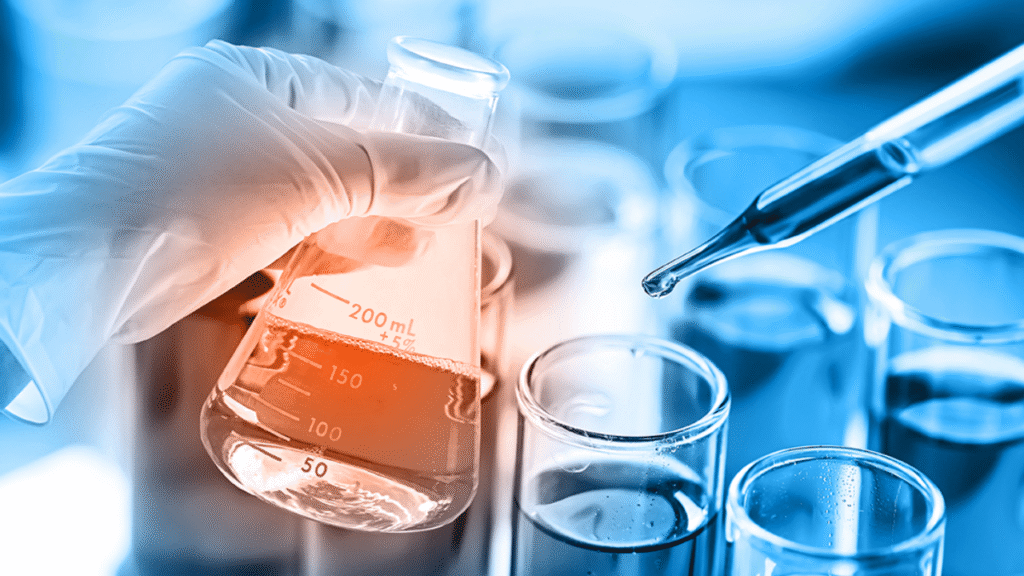
Conclusion: The Rise of the AI-Powered Chemist
In 2025, the AI-powered chemist is not science fiction—it’s science fact. Intelligent chemistry labs are transforming the way we do research, accelerating discoveries in medicine, sustainability, and materials science.
This revolution is not just about faster experiments—it’s about better ones. With AI in chemistry, we can imagine a future that is smarter, cleaner, and more collaborative than ever before.
As we move forward, the most exciting chemistry breakthroughs won’t come from machines alone—but from humans and AI working together in harmony.


